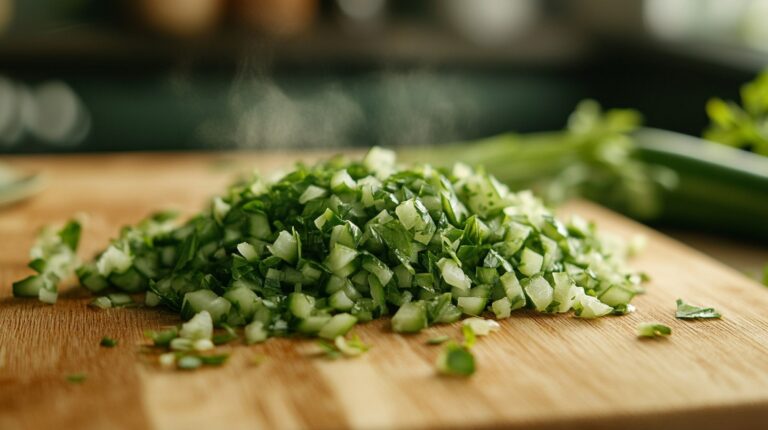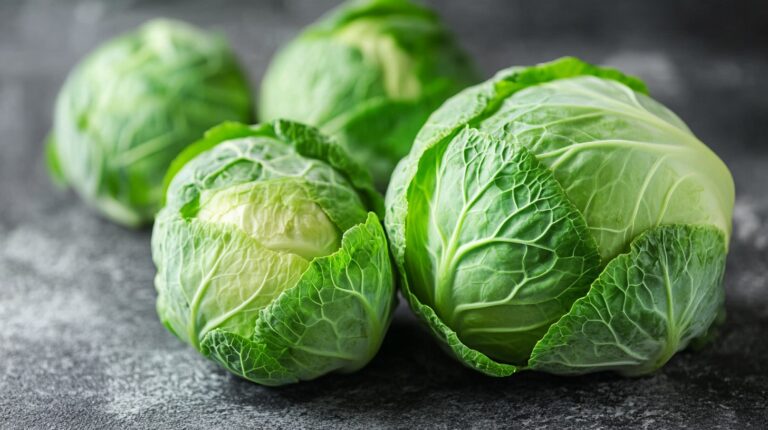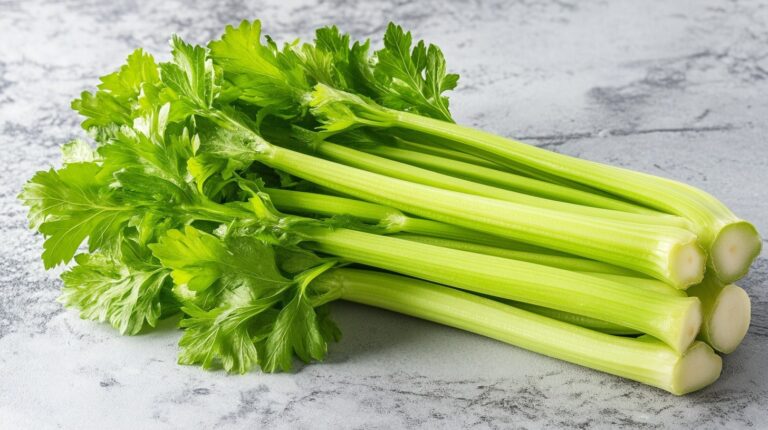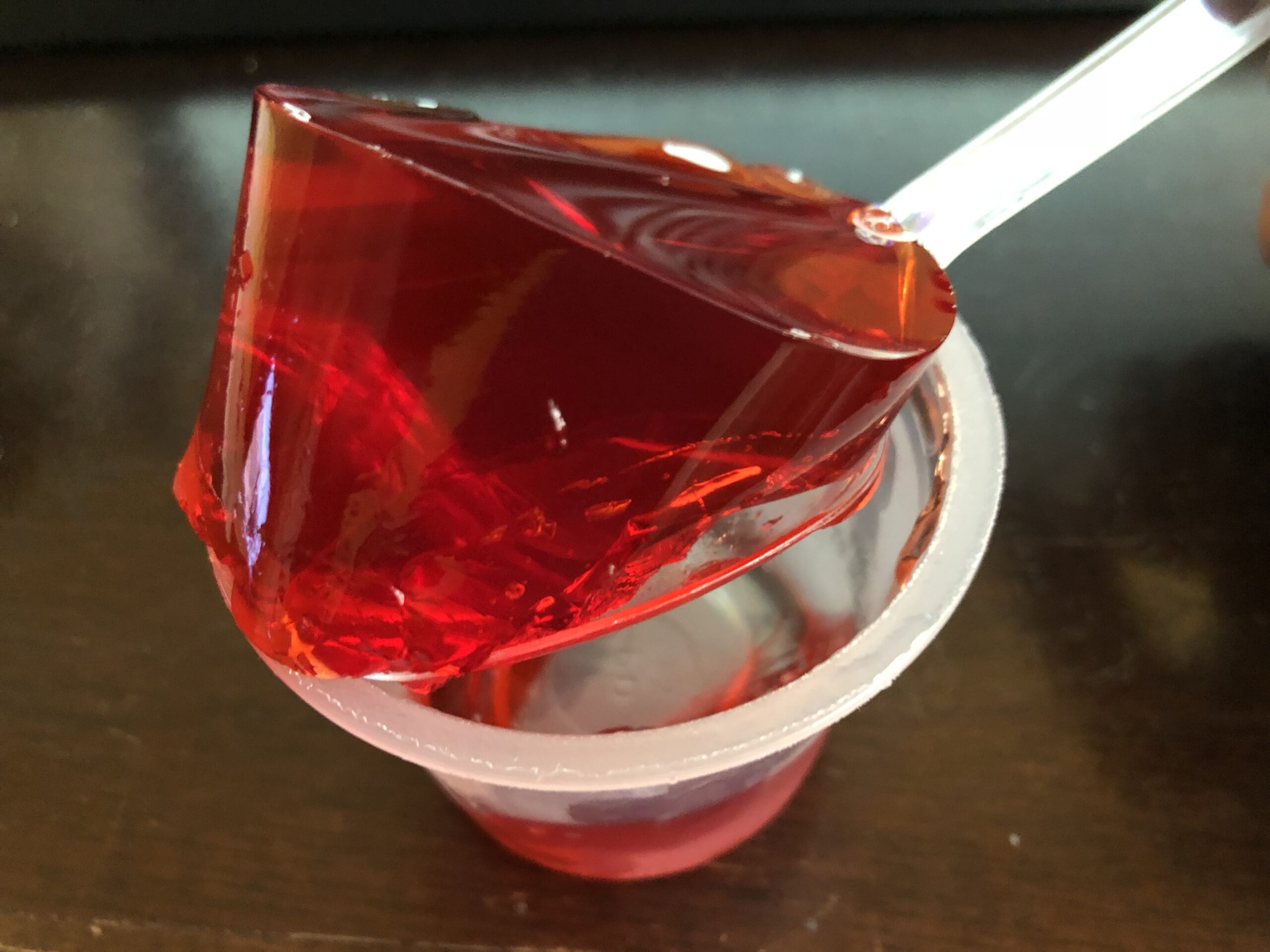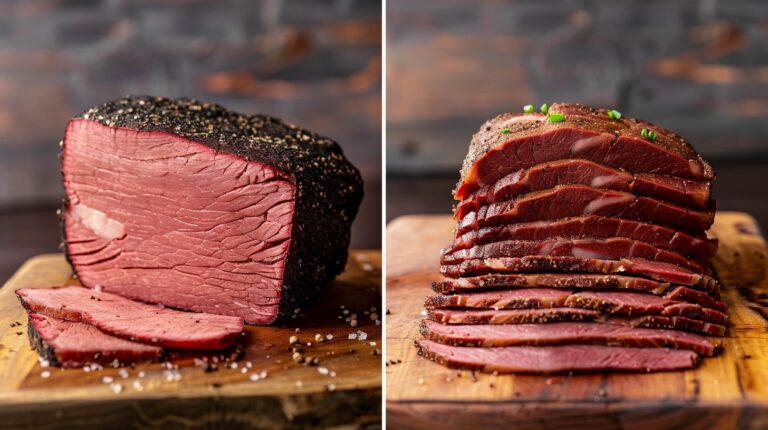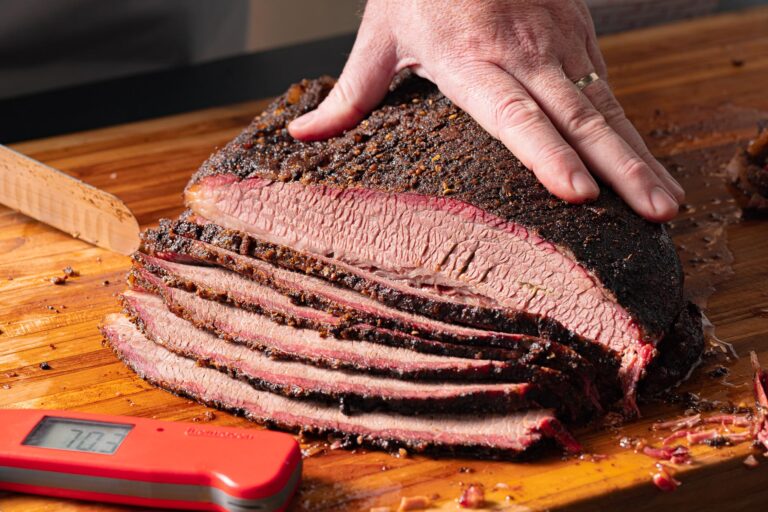When I was a kid, Jello was a must-have at every family gathering. My grandma made this treat in every color you could think of. For me, it was an edible rainbow that we all loved. Each of us had our favorite color, and my cousins and I would eagerly wait to see which ones grandma made this time. This small tradition always brought a smile to our faces.
As I got older and started paying more attention to what I ate, I began wondering what was actually in this jiggly delight. One family dinner, I finally asked, “Does Jello really have pork in it?” My grandma laughed and said, “Well, let’s find out!
What’s really in Jello?
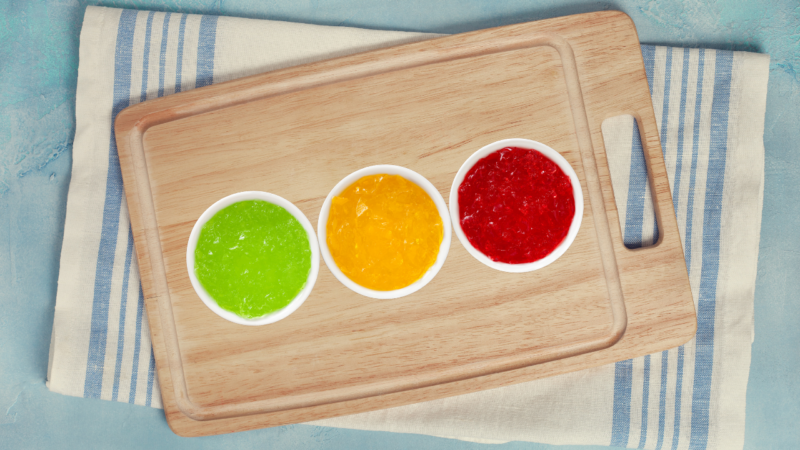
The main ingredient in Jello is gelatin, which comes from the collagen in animal skins and bones, mostly from cows and pigs. When I first learned this, I was pretty shocked, especially since it clashes with certain religious dietary laws.
Gelatin is what makes Jello all jiggly and shiny. It’s kind of wild to think that something as simple as animal collagen can turn into the fun, bouncy treat we all know and love. But the idea of eating something made from animal parts can be a bit gross, especially when you think about dietary restrictions and ethical concerns.
Knowing this, it’s worth looking into alternatives and making informed choices about what we eat. With that in mind, check out our article on food coloring.
The manufacturing process
Animal hides and bones are collected, boiled, dried, and then treated with acid or base to break down the collagen. This collagen is then filtered, dried again, and ground into a fine powder, which becomes gelatin. This gelatin powder is what you find in those colorful boxes of Jello mix at the store.
How to prepare it at home: from powder to dessert
Making Jello at home is super easy. You just dissolve the powdered mix in boiling water, which breaks apart the collagen strands. As the mixture cools, these strands reform into a semi-solid, giving Jello its unique texture.
You can also find Jello in pre-made servings, ready to eat without any prep. That’s why it’s a popular choice for quick desserts and snacks.
The composition of Jello mixes
Packaged Jello mixes aren’t just gelatin. They also contain sweeteners, which can be sugar or artificial sweeteners like aspartame, along with flavoring agents (usually artificial) and colorings (which can be natural or artificial).
This combo of ingredients makes Jello not only wobbly but also tasty and colorful. The sweeteners and flavors are balanced to appeal to a wide range of tastes.
Is Jello vegetarian?
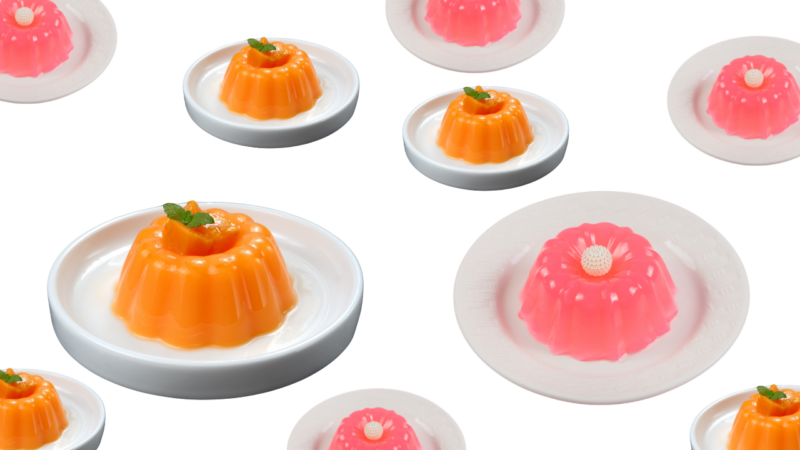
Regular Jello made with gelatin is not vegetarian. However, for those who avoid animal products, there are vegetarian alternatives available. These use plant-based gums or seaweeds, such as agar or carrageenan, to achieve a similar texture.
While these alternatives might not have the exact same jiggle, they are a great option for vegetarians or those looking to avoid animal-derived products.
Nutritional content
Jello is often seen as a light and guilt-free dessert because it is low in calories and fat-free. However, this doesn’t mean it’s particularly healthy. Jello is typically high in sugar or artificial sweeteners and lacks significant nutrients like vitamins, minerals, or fiber.
So, while it might be a low-calorie treat, it doesn’t contribute much to your nutritional intake. Moreover, the high sugar content can lead to spikes in blood sugar levels, making it less ideal for those managing diabetes or other metabolic conditions.
The good and the bad
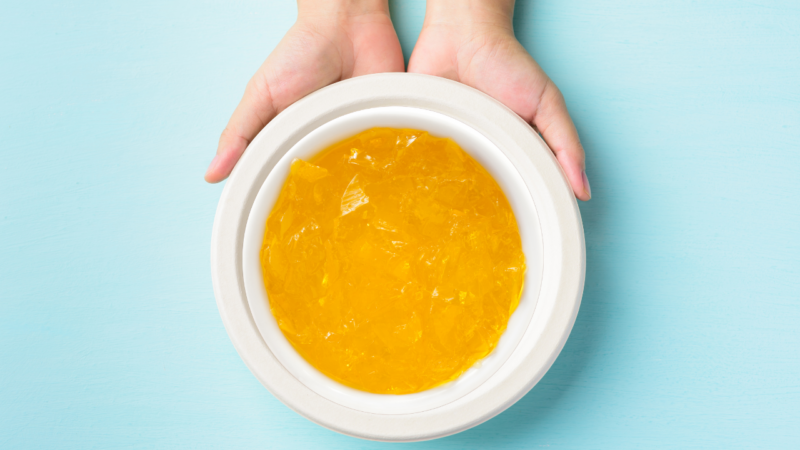
Health benefits
Gelatin itself can offer some health benefits. It has been linked to improved bone density and joint health because it contains amino acids that support collagen production in the body. However, the amount of gelatin in a serving of Jello is usually too small to have a noticeable impact on these aspects of health.
For significant benefits, you would need to consume gelatin in larger quantities or through more concentrated sources.
Potential downsides
On the downside, Jello typically contains artificial colors and sweeteners. Some artificial colors are controversial and have been linked to health concerns, though they are generally considered safe in small amounts.
Artificial sweeteners like aspartame also come with their own set of potential health risks, including headaches and digestive issues for some people.
Additionally, gelatin can be an allergen, though this is rare. It’s important to read labels and understand what’s in your food, especially when it comes to processed treats like Jello.
To jiggle or not to jiggle?
Jello is a fun, nostalgic treat that many of us love, but it’s good to know what’s in it and think about alternatives if you need them. If you’re a fan, being aware of the ingredients helps you make better choices, whether you decide to enjoy it now and then or look for vegetarian options. In the end, it all comes down to what you like and what fits your diet.



